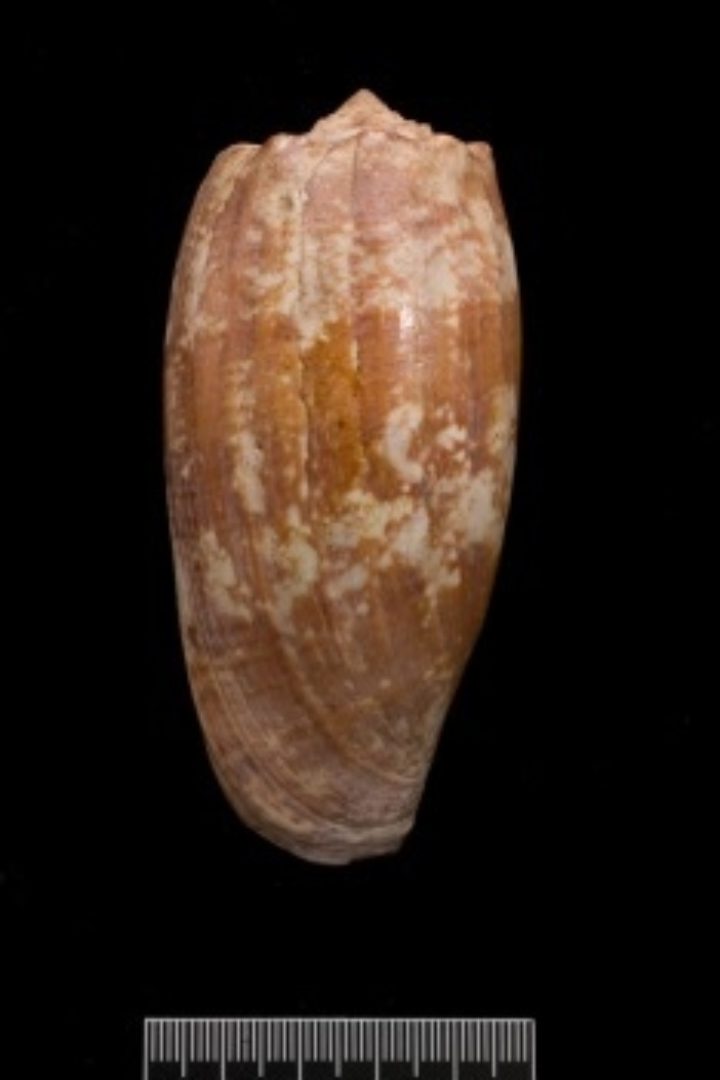2nd April 2015: The Life and Death Cone Snail
Published on 2nd April 2015
Conus geographus, the Life and Death Cone Snail
by Andreia Salvador Curator of Marine Mollusca at the Natural History Museum


Carl Linnaeus described this species as Conus geographus (the geography cone) in 1758. It was one of 700 molluscs to be published in the tenth edition of his Systema Natura, a book that radically changed taxonomy and nomenclature (how organisms are related and named).
Linnaeus based this description on the only thing available to him, the shell of the animal. A stunning brown patterned shell desired by shell collectors, but like many early taxonomists he probably never saw the animal alive.
Nowadays, the same animal described over 250 years ago is revolutionising science and saving lives.
Conus geographus is common; it occurs in the Indo Pacific region, living on reefs and feeding on fish. The cone snail moves slowly but they have an adaptation that enables them to catch their prey, a harpoon-like radula that is shot from the proboscis paralysing the fish almost instantly. The radula contains a venom so powerful that can kill humans; they are considered to be one of the most deadly animals in the world.
However, research shows that this venom has great potential in medicine. Certain components of the venom can be up to 10,000 times more potent than morphine, but without morphine's addictive properties and side-effects. This potent analgesic could be used for treating chronic pain found in patients suffering from cancer, arthritis, diabetes, and AIDS. Other parts of the venom are being studied to help combat and relieve the symptoms of Parkinson’s and Alzheimer's diseases, and epilepsy.
We are just beginning to understand the enormous possibilities of this venom and of this extraordinary cone snail, and it all began a few hundred years ago as one of the thousands of animals and plants described by Carl Linnaeus.
